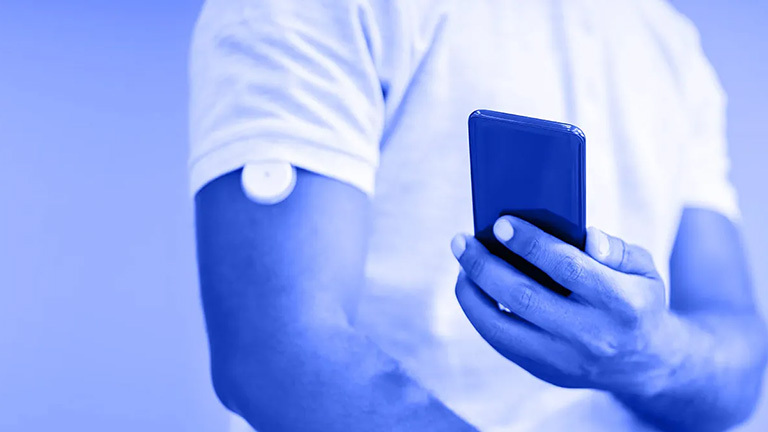The latest technologies driving home medical innovations

For home-health devices, the patient experience is central to the product. New technologies, including AI, smaller displays with higher pixel density, portable graphic frameworks and more capable MCUs are driving innovation.
The health care industry is under constant pressure to deliver new procedures and treatments against a backdrop of rising costs. Medical breakthroughs only become significant when they can be delivered cost-effectively at scale to the patients who need them.
Semiconductor technology was made to solve problems like this. The evolution of wearable technologies, the emergence of the Internet of Medical Things (IoMT), and more recently the adoption of artificial intelligence (AI) in health care, all rely on new hardware and software, developed for, with and by OEMs working in the medical market.
The three pillars of wearables, IoMT and AI are in convergence. This will see the home health care market grow rapidly in the coming years. Wearables and internet connectivity have been areas of interest for several years, but AI could be the key to unlocking their real potential.
Putting the user first in medical device development

Why is AI good for medicine?
It may seem counterintuitive to use a technology infamous for its inaccuracies in an application that so solidly relies on precision. The simple answer is that people are all the same and yet every one of us is different. This juxtaposition between similar and different makes AI a good fit for medical applications.
At a cellular level, humans look the same, but the form those cells take when constructing our features varies massively. The way our organs sit, the way blood flows, the way muscles twitch, these are all biologically similar but visibly dissimilar. Being able to spot small differences in video and images that are ostensibly the same is where AI really excels. Pilot projects show that AI is already as good and sometimes better than trained professionals at detecting cancer cells in breast scans.
Designing medical devices involves a lot of software. That software needs to be compliant with standards that are generally similar around the world but vary by end market. This is where an experienced embedded software partner like Witekio can help.
Witekio is working with the industry’s leading AI hardware platform providers to help medical device manufacturers harness the power of AI. Development starts with robust board support packages (BSPs), developed by Witekio’s engineers for the hardware platform, and moves on to software optimization to manage AI workloads across the hardware resources and through to custom AI model development using the customer’s own data.
Navigating software compliance when developing medical devices

The medical device user experience
An important part of a medical device, particularly one designed to be used outside a medical facility, is the user interface. In fact, the user experience, or UX, should drive the entire product development process.
Graphical user interfaces, or GUIs, are ubiquitous. In some applications, they provide supplementary information or an alternative way to operate a machine. In medical applications, particularly small or wearable devices, a touch-sensitive screen may be the only interface available.
Designing a GUI goes beyond aesthetics. The way information and functions are presented on screen, the way menus intuitively flow, the visual cues and feedback provided—all combine to create a UX that is fundamental to a successful product.
The term “successful” should be interpreted to mean that the patient can operate the device and gain the information they need without constantly consulting a help desk or manual. Medical devices are typically used frequently by a patient. Making them simple but effective is the measure of success. The UX is key.
Witekio’s engineers have accrued hundreds of hours developing GUIs and the UX for all kinds of electronic products, including medical devices and wearables. Witekio recently hosted a webinar, now available on demand, showing GUI development using the Qt graphics framework running on Infineon MCUs.
Part of that demonstration showed a medical device with a graphical representation of a beating heart. As Qt is a cross-platform framework, Witekio was able to show how the application running on a desktop computer can be ported to an embedded platform, such as the Infineon Traveo T2G MCU coupled to a small screen.
Porting a PC GUI to an embedded MCU

Designing medical products for the home health care market requires specialist knowledge in multiple disciplines. Software development is, itself, multifaceted. It requires an understanding of the application and how medical data is captured, analyzed and actioned. The software must comply with the regulations in the markets where the product will be sold. And the software must deliver the user experience necessary to make the product successful.
Witekio can provide expertise in all these disciplines. With a multinational presence, experienced software engineers, and close working relationships with the semiconductor suppliers OEMs need to work with, Witekio can help take medical products from proof-of-concept to the patient.



